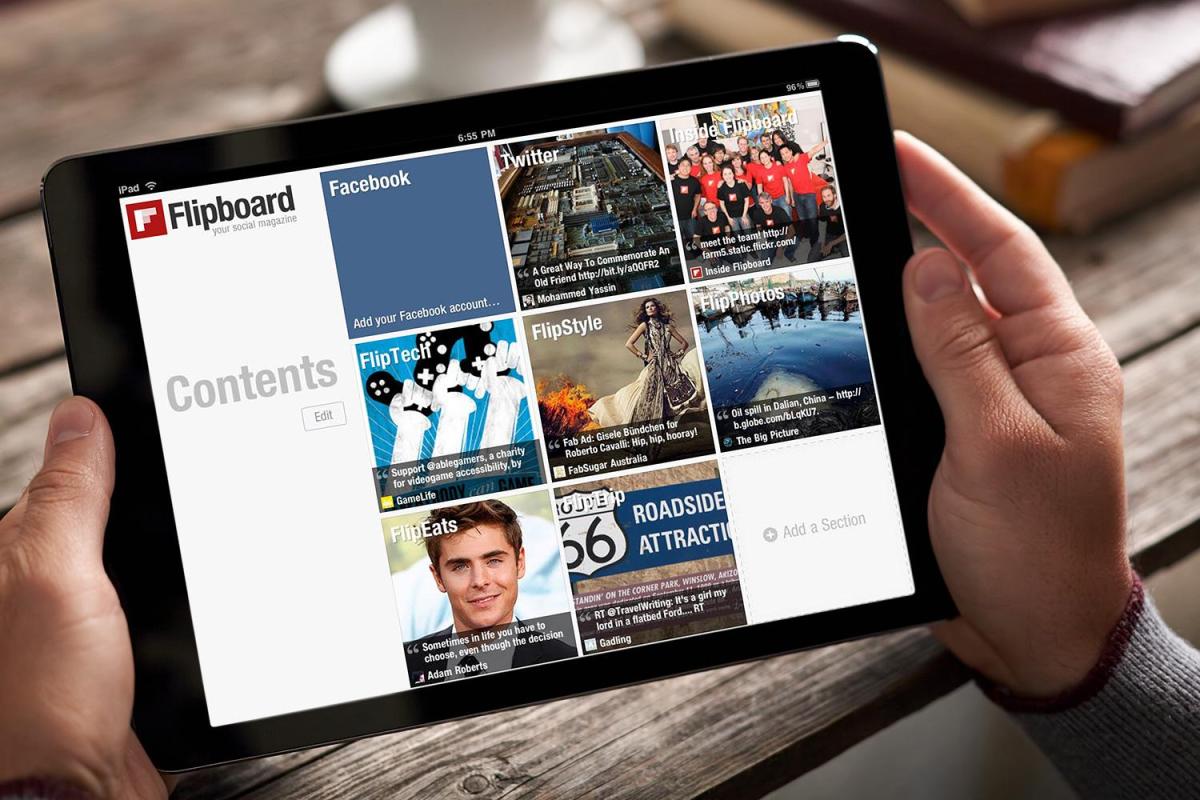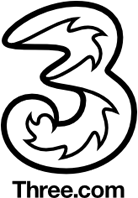ESPN digital TV stream of college football championship had more logo than logic
 ESPN
ESPNIf 700,000 people view something and there are no ads, does it make marketing sense?
Monday night’s college football championship game between Clemson and Alabama was viewed by more than 700,000 people on an ESPN digital stream, a record for the Disney-owned network and a 21 percent increase over last year’s game. And yet despite the numbers, during several of the prolonged periods between breaks, viewers were prone to watch images of the ESPN logo in the place of advertisements or commercials.
The prevalence of ESPN’s logo on Monday night digital stream is proof of a marketing blind spot.
Logistical obstacles remain, such as ads differing across digital and linear; local ads don’t typical load into the network’s digital stream; or it would cause interference with the ad load already committed to national advertisers.
Inserting ads into digital streams can become complicated, and there is technology that exists to make it happen; case in point: YouTube and Facebook. However, these platforms, according to Benjamin Hordell, Partner at DXagency, are more cost-efficient.
“When it comes to driving views and impressions for video, advertising opportunities offered on platforms such as YouTube and Facebook are a far more cost-efficient – and therefore more attractive – option for advertisers looking to reach fans who would be watching the Clemson and Alabama game,” Hordell said. “Whereas ESPN may require advertisers to pay a fixed CPM (cost per thousand impressions) that often averages near $30 per thousand impressions, larger online video platforms such as YouTube or Facebook might guarantee advertisers 30-second video views among those same die-hard college sports fans for as little as 5 cents a view.”
There are network streaming services such as, CBS All Access (2 million), Showtime Anytime (2 million) and HBO Now (800,000) that have created platforms capable of playing ads into their content, yet these services do not live stream events.
Beyond the improved selection of streaming services, more and more customers are being seduced by the lower costs that come with cord cutting. While 2016’s numbers have yet to be release, in 2015, 385,000 people decided to cancel their standard TV packages, according to Nielsen.
In fact, ESPN and its subsidiary channels, lost seven million subscribers over the past two years.
“As more consumers turn to cord-cutting options and streaming video online, content providers may one day hope to regain the ground they once had when the marketplace was TV-only,” said Hordell. “They will, however, have a lot of catching up to do in strengthening their digital infrastructure, offering advertisers more depth and insight into how viewers are consuming digital ads, and lowering the barrier to entry for smaller advertisers looking to reach viewers online.”
If the sports-network giant wants to continue to appeal to marketers, they should really consider creating a digital stream where marketers can benefit.




